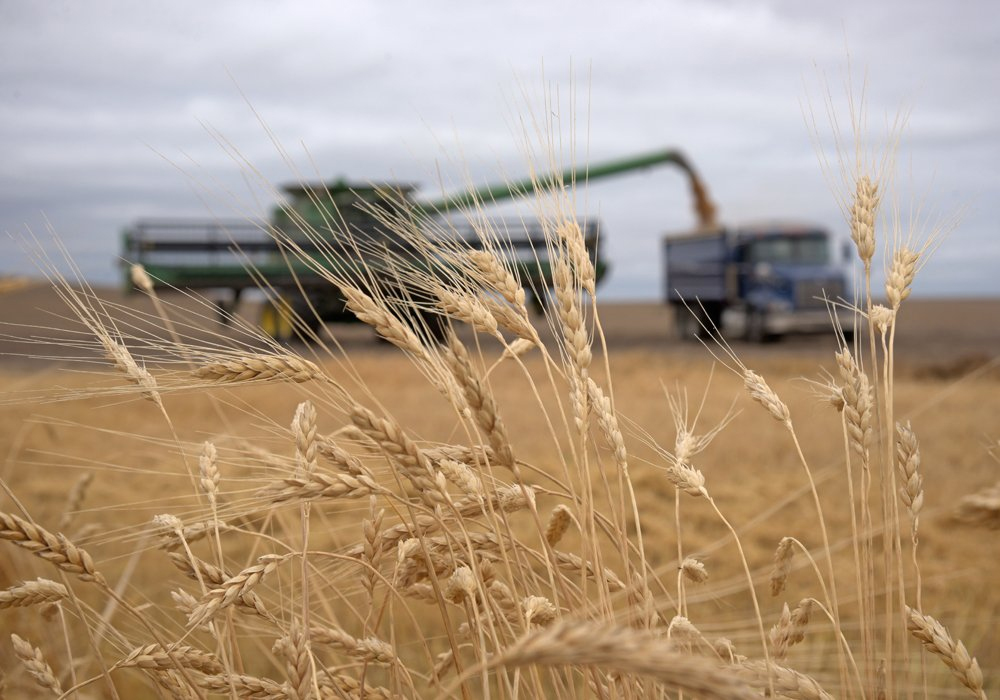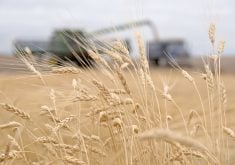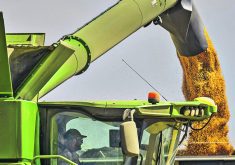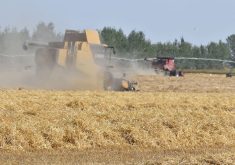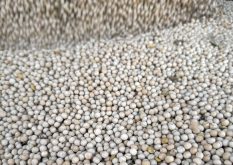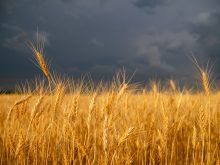There has been plenty of debate about yields in Western Canada, but not much talk so far about the other big price-determining factor, says an analyst.
“This year it is more of a quantity conversation than it is a quality conversation,” said Brennan Turner, an independent analyst.
Quality is still a bit of a question mark. A lot depends on September weather conditions.
But there are enough early harvest results to make an educated guess.
“For the most part, quality is going to be there this year,” he said.
Read Also

U.S. government investigates high input costs
The USDA and DOJ are investigating high input costs, but nothing is happening in Canada.
“Nobody is really concerned about quality.”
Greg Kostal, president of Kostal Ag Consulting, said there have been years when quality was a game-changer, such as the fusarium outbreak of 2016 and the weak falling numbers in 2019.
“This year it doesn’t seem to be anything huge,” he said.
However, he added it is early to be assessing crop quality.
“It’s still August. This isn’t September,” he said in an Aug. 28 interview.
There have been some reports of light test weights, sprouting and low falling numbers, but nothing alarming.
Pulses appear to be in good condition despite the occasional mention of sunspot bleaching with green peas.
“There isn’t any evidence of wrinkles,” said Kostal.
Kent Anholt, operations manager with Rayglen Commodities Inc., said there hasn’t been many quality issues with the early-harvested crops.
There are some concerns with chickpea sizing and durum weight, but nothing too bad in either case.
Neil Townsend, chief analyst with GrainFox, agrees that crop quality is generally good so far, with a few exceptions.
“I’ve heard that some of the barley for malting is chitted and lightweight,” he said.
Surprisingly, protein levels in the early-harvested spring wheat are not as high as people were anticipating after all the hot and dry weather. That might change as harvest progresses.
He believes high-protein wheat will be in high demand this year because of poor quality crops in Europe and the Black Sea region.
MarketsFarm analyst Bruce Burnett said it is too early to draw any definitive conclusions about cereal crops in particular.
“The next three or four weeks are going to be pretty critical,” he said.
There could still be significant damage if it rains hard in some of the northern areas where the crops are still maturing.
“Hopefully, the rain stays away for a while,” said Burnett.
The 2023 crop appears to have dodged any serious frost damage.
Burnett expects wheat protein levels will be above average because of the drought in southern and central areas of Saskatchewan and Alberta.
“I expect those areas will help bump the overall average up,” he said.
But that means there could be high protein levels in the malt barley crop, which is undesirable. Barley could also suffer more chitting problems if there are heavy rains in the northern areas prior to harvest.
Saskatchewan’s lentil harvest was 66 percent complete as of Aug. 21, while 60 percent of the peas were off.
“Generally speaking, the quality has been OK,” said Burnett.
There has been some insect damage and the crop got some late-season rain, but he doesn’t think there was enough moisture to be detrimental to quality.
He doesn’t believe there have been many quality problems for the canola crop.


